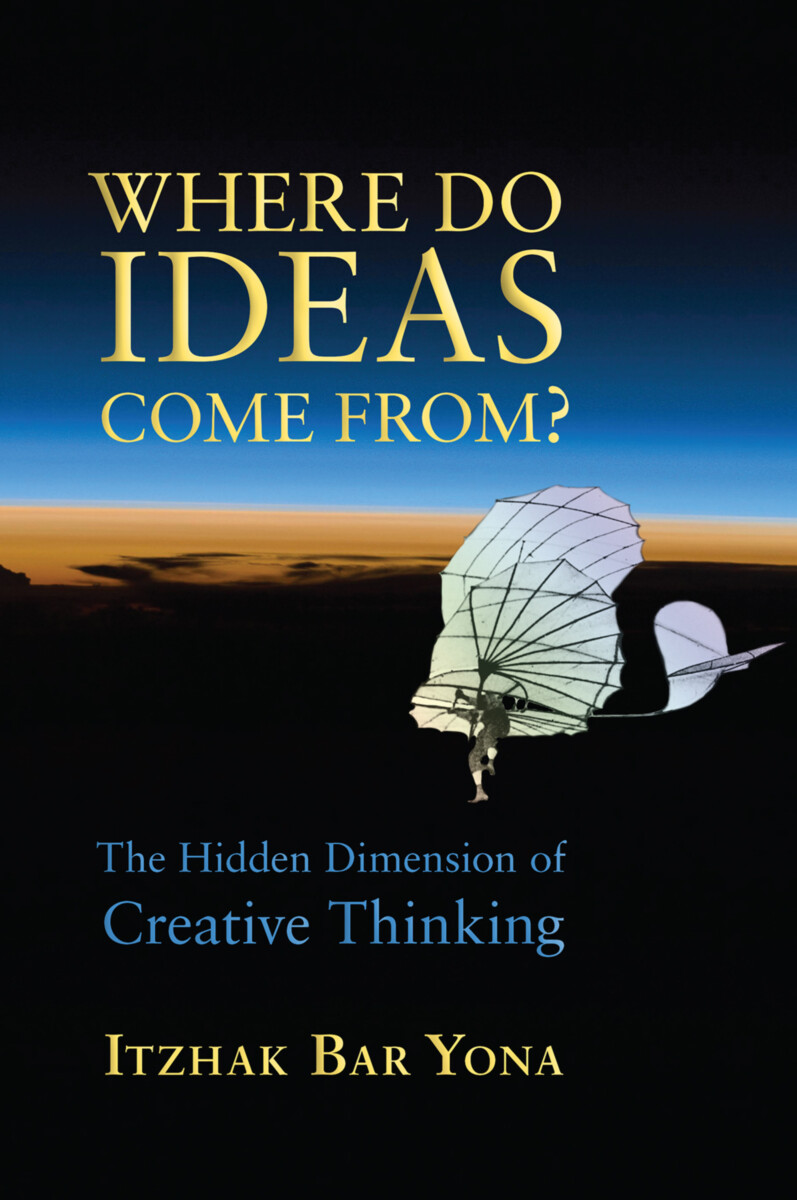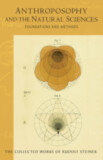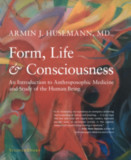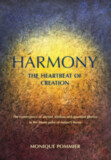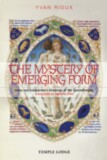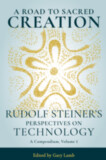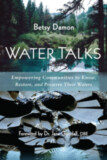Where Do Ideas Come From?
The Hidden Dimension of Creative Thinking
- Publisher
Lindisfarne Books - Published
3rd January 2011 - ISBN 9781584200819
- Language English
- Pages 248 pp.
- Size 6.14" x 9.21"
“Modern psychology explains that the power of the ‘unconscious’ is an important factor in forming human behavior, yet psychologists know little about the behavior of the ‘super-conscious.’ One of the missions of this book is to point out the movement of this intelligent activity. It is not merely a residue of personal experiences that has sunk into the unconscious world of the private soul, but rather an intelligence that spreads its wings to planes of universal intelligence, where it can find the knowledge it needs. This is the great secret of human intuition, which is capable of expanding beyond the circles of experiences and the boundaries of human knowledge.” — Itzhak Bar Yona
What, essentially, is an “inventive step” or an “original invention”? Is it possible for people to create anything that is truly new? After all, almost all of the ideas for inventions derive from principles already present in nature. These questions came to the author of this book—a professional inventor with more than thirty patents—as he tried to discover the connections between his work in science and technology and his increasing awareness of a path of inner development. What he observed was a mutual fertilization of ideas between these two distinct areas, one that takes place naturally and unintentionally. The act of creating in daily work caused him to become conscious of the activity of creative thinking itself, and he began to see how ideas spring forth and how they develop—from their first prototypical application to their physical manifestations.
As Itzhak Bar Yona continued his “outer” work as an inventor, these questions and observations began a new direction of research into the question about the true source of creativity and invention. In the process, he realized that he would not obtain answers by looking only at the process of inventing itself or at the lives and methods of famous inventors, but would need to develop his own inner ability to observe his soul’s faculties. To do this, he decided to use the esoteric methods of G.I. Gurdjieff, Rudolf Steiner, and Sri Aurobindo. This book, Where Do Ideas Come From, is the result of the author's continuing inner search for the source of the “inventive step” and the true nature of creativity.
This book is primarily for those interested in creativity, in all of its aspects and applications. We find the human powers of creation in all areas of human activity—art, technology, science, and social activity. Proponents of modern education, however, prefer to focus on the acquisition of knowledge and skills rather than nurturing creativity, because most educators, scientists, and technologists fail to understand the essence of the creative impulse and the promise it holds.
Where Do Ideas Come From probes the deep mystery of human creative drive. Part one raises theoretical questions about human creativity. Part two offers practical examples of the inventor’s professional world. Part three allows the reader into the process of invention—how the inventor approaches problems and arrives at creative solutions.
“The beginning of Science is the examination of the truths of the world-force that underlie its apparent workings such as our senses represent them to be; the beginning of philosophy is the examination of principles of things which the senses mistranslate to us; the beginning of spiritual knowledge is the refusal to accept the limitations of the sense-life or to take the visible and sensible as anything more than a phenomenon of the Reality.” — Sri Aurobindo, The Synthesis of Yoga
This deeply insightful book is recommended reading for anyone who wishes to understand and develop the hidden dimension of creative thinking.
C O N T E N T S:
Introduction
PART ONE: CREATIVITY AS A UNIVERSAL FORCE
1. Is There Anything Really New?
2. Creative Thinking
3. The World of Concepts
4. Concepts in the Creative Process
5. Intelligence and Creativity
6. The Power of Imagination
7. Creating Out of Universal Consciousness
8. Human and Cosmic Creation
9. Fresh Approaches to a Riddle
10. Genius and Madness
11. Suffering and Creation
12. Creation, Destruction, and Evolution
13. Creation and Will Forces
14. Vibrations and Discontinuous Processes
PART TWO: CULTIVATING THE CREATIVE FORCES
15. Nurturing Creative Thinking
16. Exercising the Imagination
17. Habits and Patterns of Thinking
18. Broadening Our Scope
19. Attention
20. Concentration and Willpower
21. Beyond Mental Thinking
22. The Written and Creating Word
23. The Mission of the Human Creative Impulse
PART THREE: PRACTICAL ASPECTS OF INVENTIONS
24. Several Practical Examples
25. Spirituality and Practical Life
Appendix 1: Spiritual Science
Appendix 2: Short Biographies
Appendix 3: Patents and Copyright
Bibliography
Itzhak Bar Yona
Itzhak Bar Yona was born in Jerusalem in 1945 and graduated in Architecture at Haifa’s institute of technology and is a successful inventor in various fields. He began spiritual research in 1971 as a member of the Gurdjieff School in Israel. Later, he discovered the teachings of Rudolf Steiner and Sri Aurobindo and, alone and with various groups, began assimilating in a practical way the wisdom found in them.


